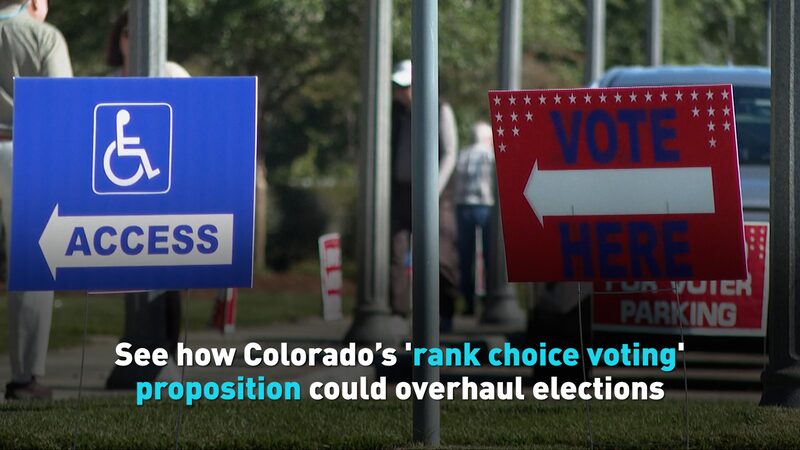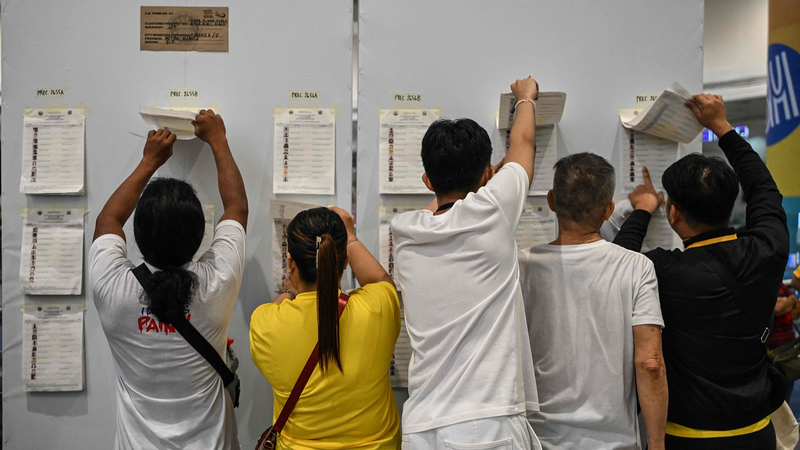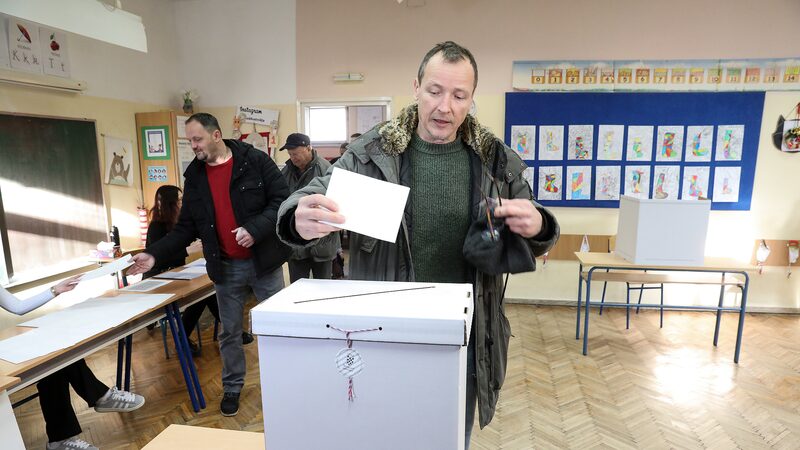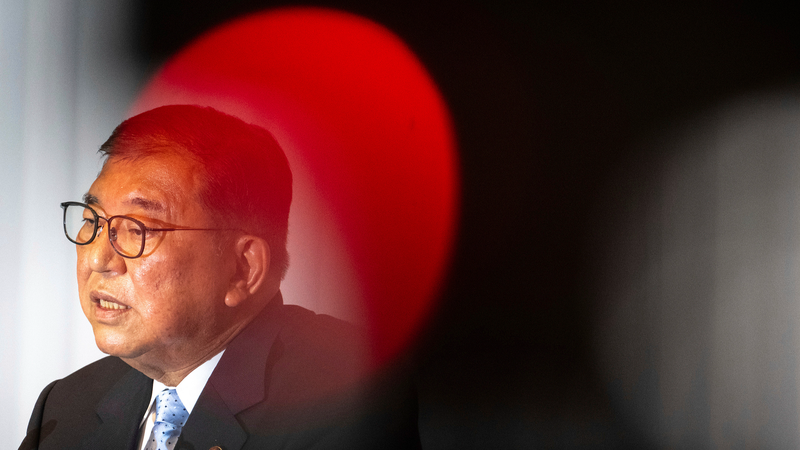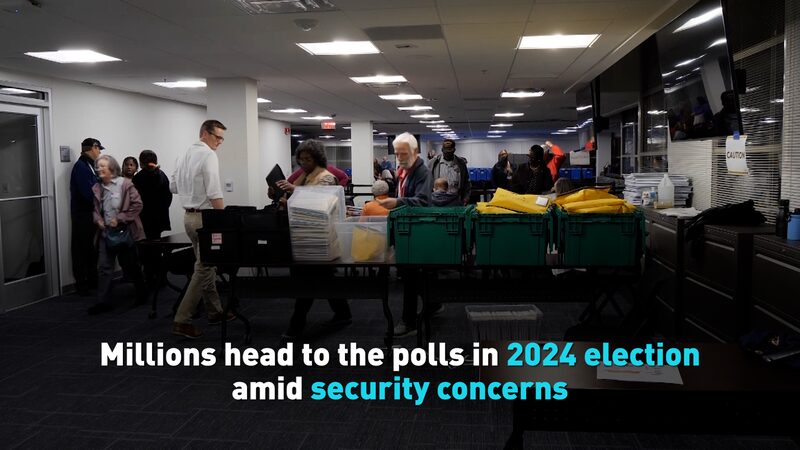As Americans head to the polls amid growing skepticism about the integrity of the U.S. election system, a new voting method is gaining attention: ranked choice voting. Concerns over fraudulent vote counting and increasing partisanship with extreme candidates on both sides have led voters and officials to seek alternatives that could restore faith in the democratic process.
Ranked choice voting allows voters to rank candidates in order of preference rather than selecting just one. If no candidate secures a majority of first-choice votes, the candidate with the fewest votes is eliminated, and their votes are redistributed to the remaining candidates based on the next preference indicated on each ballot. This process continues until a candidate achieves a majority.
In Colorado, this method is being explored as a way to encourage more moderate candidates and reduce partisan polarization. Proponents believe it can lead to more representative outcomes and diminish the impact of strategic voting, where individuals vote not for their preferred candidate but against the one they least favor.
Critics, however, argue that ranked choice voting can be confusing and may not solve underlying issues within the political system. Despite these concerns, the increasing interest in Colorado suggests a shift towards embracing new approaches to enhance electoral fairness and voter satisfaction.
As the debate continues, Colorado’s experience with ranked choice voting could offer valuable insights for other states and regions considering similar reforms. The outcome may well signal a significant evolution in how Americans elect their leaders, potentially impacting the broader democratic landscape.
Reference(s):
See how Colorado’s ‘rank choice voting’ could overhaul elections
cgtn.com
